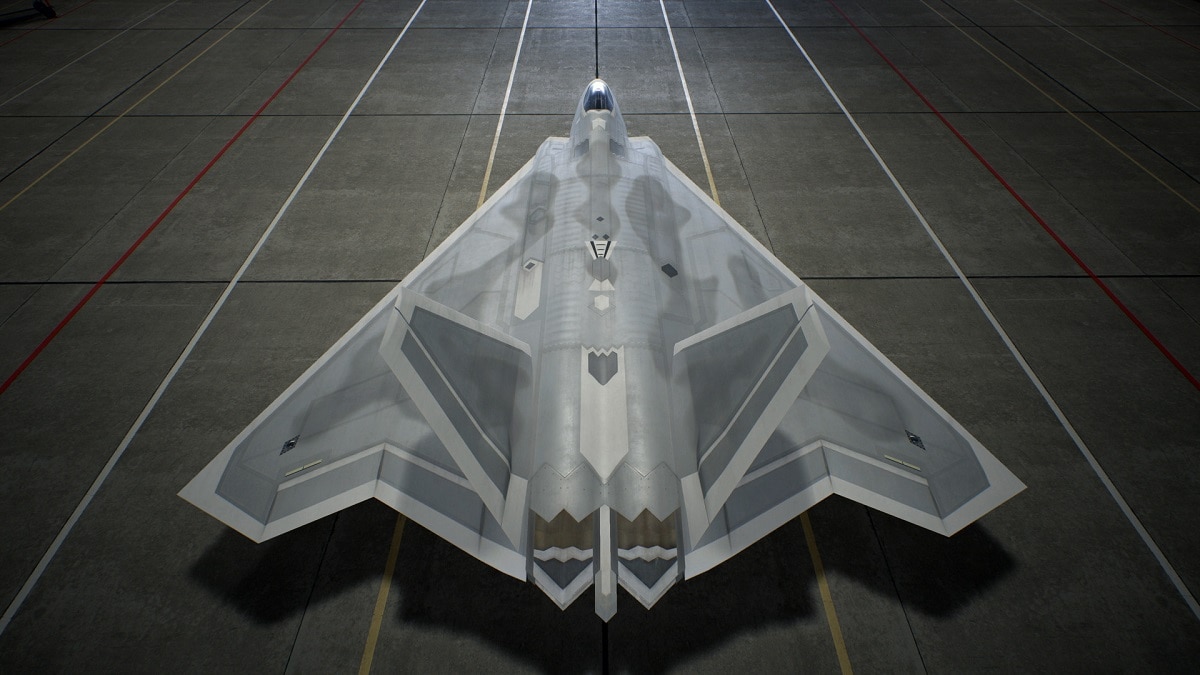You quickly recognize the F-22 Raptor as a stealth fighter, but it once almost had a sidekick. The FB-22 was a planned stealth bomber that the U.S. Air Force hoped could fly in tandem with the Raptor and deliver ground strikes against the enemy.
The F-22 is primarily an air superiority fighter, lacking the full-time capability to conduct air-to-surface attacks.
With the FB-22 bomber, the Air Force could make the enemy pay in the air and on the ground.
FB-22 Explained
Air Force Secretary James Roche served during the George W. Bush administration and was looking for new ways to beat back the hordes of terrorists and insurgents in Iraq and Afghanistan. He realized that American soldiers and marines needed more close air support.
The A-10 Warthog was doing this job well, but why not bring in stealth capabilities to the fight? The F-22 could escort a new radar-evading bomber under Roche’s conception, and this would be a force multiplier in the Middle East and South Asia.
It Could Have Happenned
The FB-22 would first need a different design. The Raptor fuselage would need to be extended to accommodate the additional weight of the ordnance. The airplane required the ability to carry a large payload, so it became more of a medium-sized warbird.
Then the pilot would need help. Instead of a single-seat configuration, the Air Force wanted to add a place for a weapons systems officer. This would alleviate the pressure on the pilot and enable the bomber to possess better targeting and electronic warfare capabilities.
The FB-22’s Many Bomber Advantages
The FB-22 would have a full complement of laser-guided precision bombs like the JDAM and air-to-surface missiles. It could evade enemy air defenses and would be employed in a great power war, if needed, against China and Russia. Roche was ahead of his time.
The Air Force would have loved to have a faster and more agile bomber than the B-2 Spirit. The FB-22 could be easily forward-deployed in theater to reach the fight more quickly.
This idea was irresistible, and engineers and designers quickly got to work. They had the basics covered with the Raptor. They only needed some new inspiration and money. Roche gave the go-ahead to produce 150 FB-22s.
Testing Bomb Runs with the F-22 Raptor
Remember that the F-22 is not particularly known for its ground strike capabilities, but the Air Force needed some testing and evaluation data to determine if the smaller airframe of the Raptor could handle bomb-dropping.
The F-22 actually deployed a JDAM at a target in 2006 and results were promising. The F-22 was flying at 50,000 feet during the test and running at MACH 1.5. What if the FB-22 could handle these duties full-time?
However, engineers were not out of the woods yet. This was going to take some doing. Could the F-22 airframe be extended to allow for the wear and tear of repeated bombing runs? The FB-22 might require a delta-shaped wing design. Designers were not sure and had difficulty with what the FB-22 was going to look like in its final form.
And then there was the cockpit shape. A larger version with the weapons systems officer was going to reduce the radar-evasion capability. Same with lengthening the fuselage and changing the F-22’s wing shape. The FB-22 needed the same level of stealthiness or why bother?
Stealth Bomber Truck?
Plus, to be considered a bomb truck, the FB-22 would have to fly in constant “beast mode” which meant munitions in the internal bays and some on external hard points. This was not challenging to the engineers but the team that handled the stealthiness was concerned that the FB-22 would not have the same level of radar absorption as the Raptor.
Plus, there were the fuel considerations. The FB-22 was going to require more gas than the F-22. This meant the need for aerial refueling to extend the shorter range. Working with a tanker also risked the FB-22 being discovered by radar.
The FB-22 was therefore considered a regional bomber, not an intercontinental model like the B-2. Interoperability with nuclear weapons was considered paramount.
The FB-22 needed that nuclear option, should it be deployed against Iran, China, or Russia, and the lack of range was a worry.
The FB-22 appeared to be too complicated to develop. There were too many sticking points. The Air Force still wanted a new stealth bomber, but it opted for a brand-new design instead of reconfiguring the F-22.
This became what is known today as the B-21 Raider. This would not be as fast as the FB-22, but it would have greater range and payload.
The FB-22 was conceptually sound, though, and it demonstrated that Roche and the Air Force brass at the time were thinking ahead beyond the wars in Iraq and Afghanistan to a time when Russia and China would become more belligerent.
The FB-22 was thus a good idea that would require too much work, and so the initial testing data was transferred to the B-21 Raider program. The FB-22 never got to serve as the F-22’s big brother.
F-22 Photo Essay
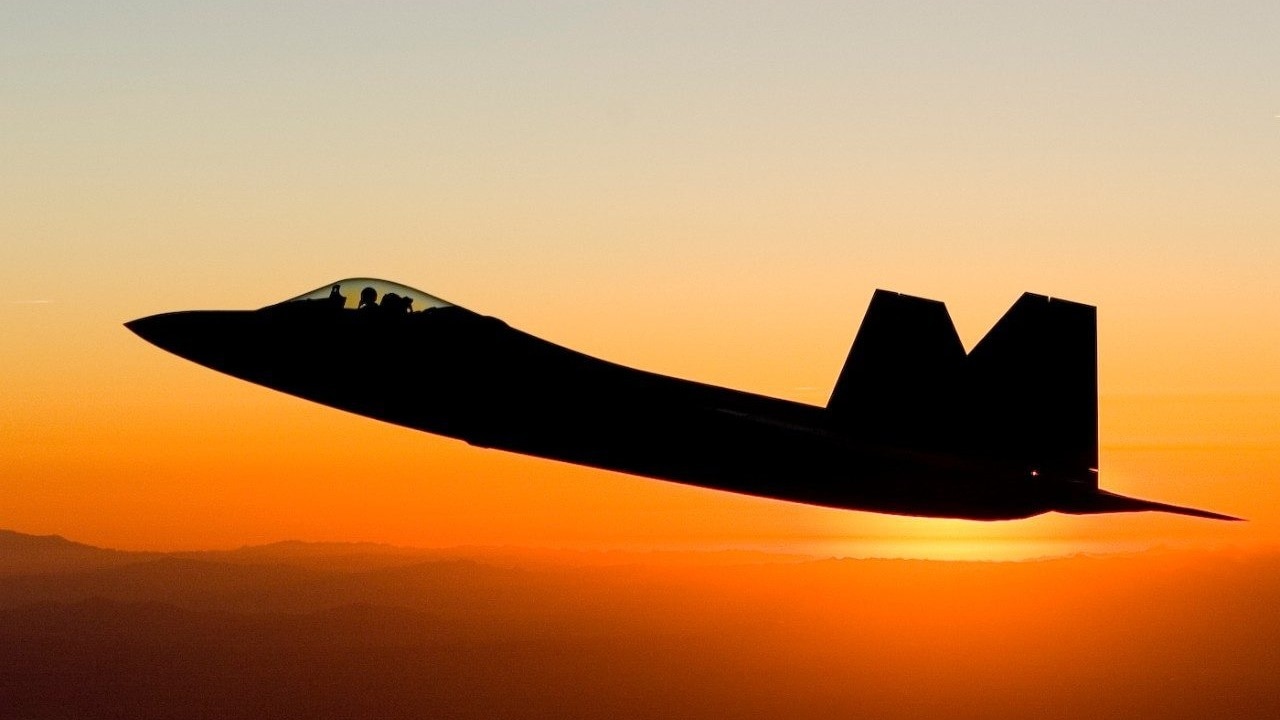
F-22 Raptor. Image Credit: Lockheed Martin.

A 1st Fighter Wing’s F-22 Raptor from Joint Base Langley-Eustis, Va., pulls away and flies beside a KC-135 Stratotanker with the 756th Air Refueling Squadron, Joint Base Andrews Naval Air Facility, Md., while his wingman refuels off the east coast, July 10, 2012. The first Raptor assigned to the Wing arrived, Jan. 7, 2005. This aircraft was allocated as a trainer, and was docked in a hanger for maintenance personnel to familiarize themselves with its complex systems. The second Raptor, designated for flying operations, arrived, Jan. 18, 2005. On Dec. 15, 2005, Air Combat Command commander, along with the 1st FW commander, announced the 27th Fighter Squadron as fully operational capable to fly, fight and win with the F-22.
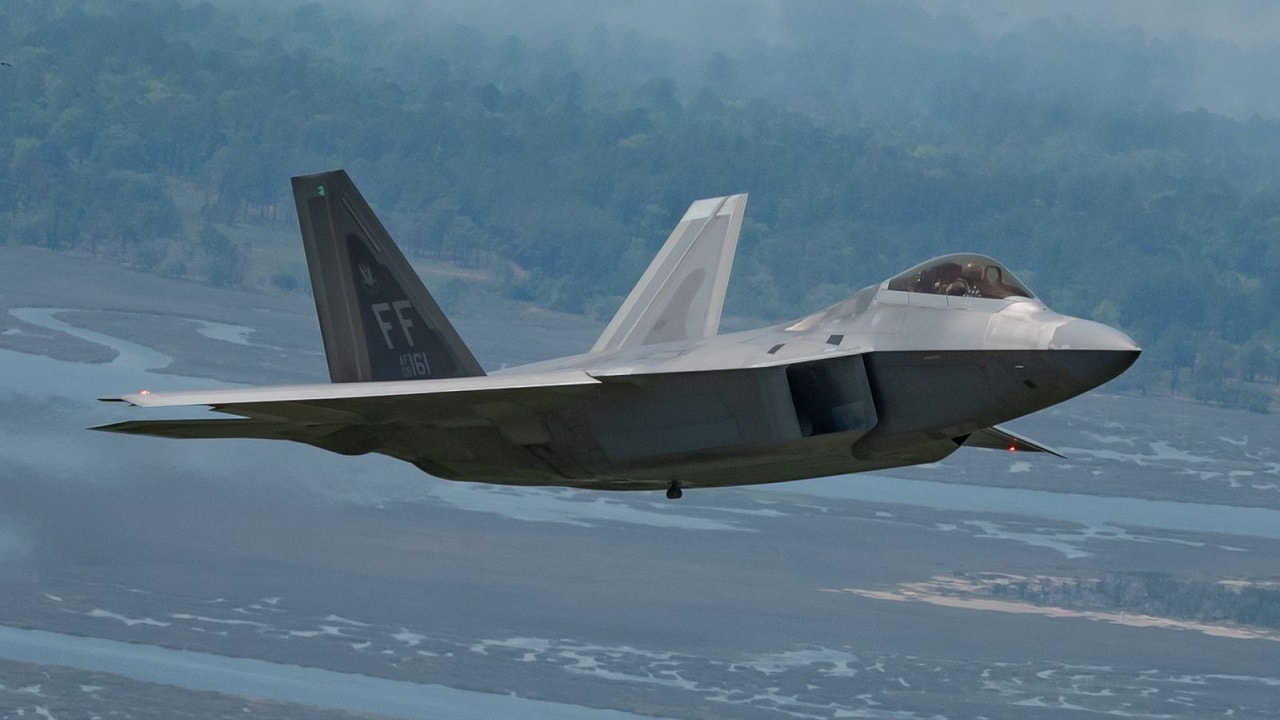
F-22 Raptor. Image Credit: Creative Commons.
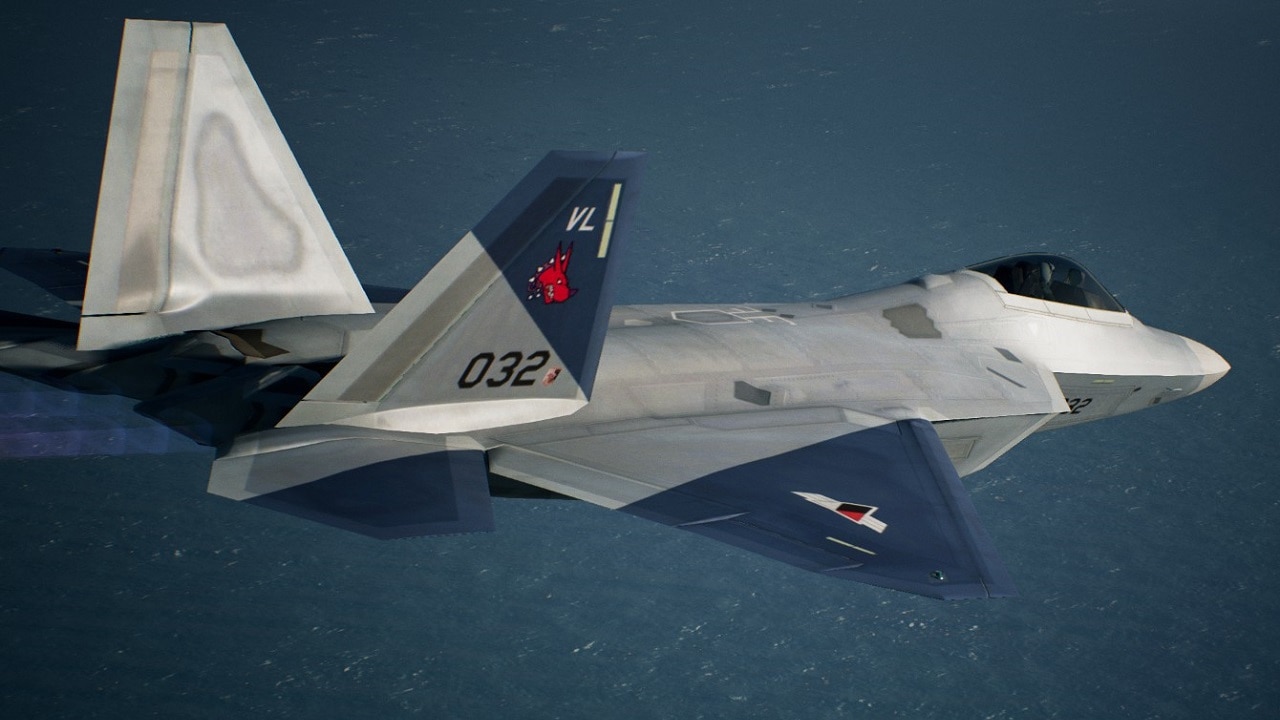
FB-22 Stealth Bomber? Image is of an F-22 Raptor. Image Credit: Creative Commons.
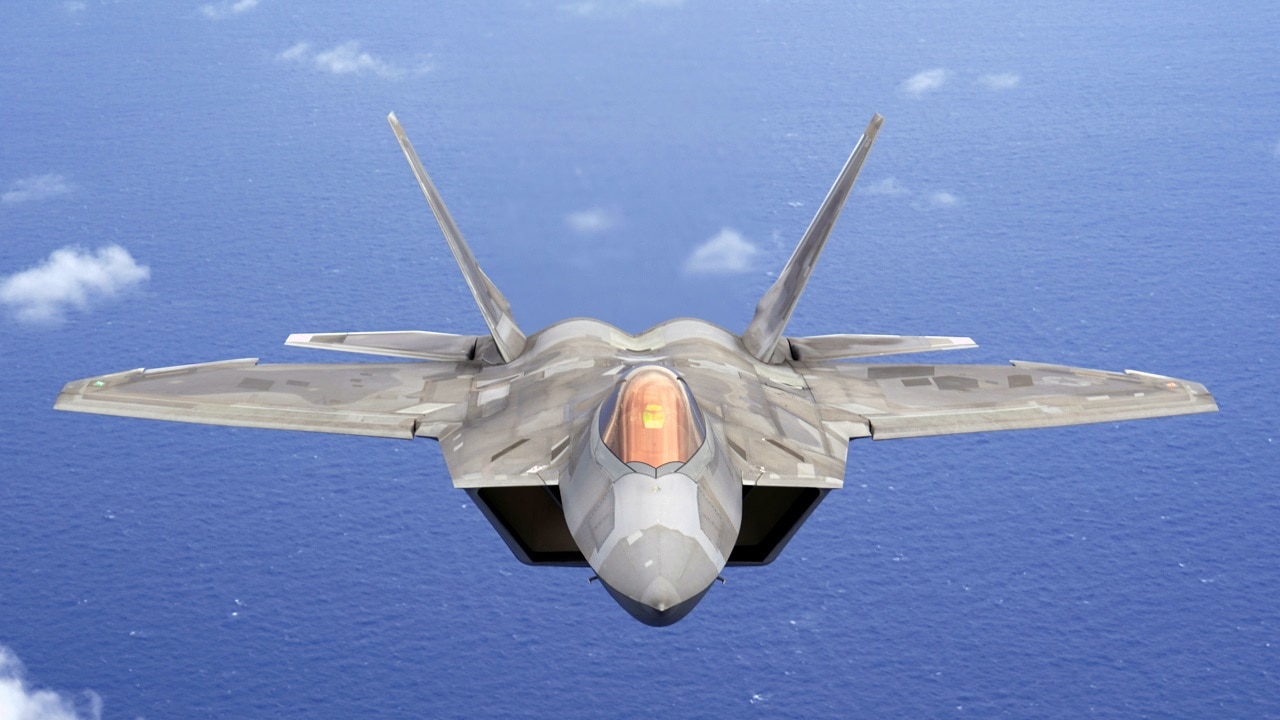
F-22 Hawaiian Raptor flies over Joint Base Pearl Harbor-Hickam, Hawaii, Dec. 5, 2019.
About the Author: Dr. Brent M. Eastwood
Brent M. Eastwood, PhD is the author of Don’t Turn Your Back On the World: a Conservative Foreign Policy and Humans, Machines, and Data: Future Trends in Warfare plus two other books. Brent was the founder and CEO of a tech firm that predicted world events using artificial intelligence. He served as a legislative fellow for U.S. Senator Tim Scott and advised the senator on defense and foreign policy issues. He has taught at American University, George Washington University, and George Mason University. Brent is a former U.S. Army Infantry officer. He can be followed on X @BMEastwood.

